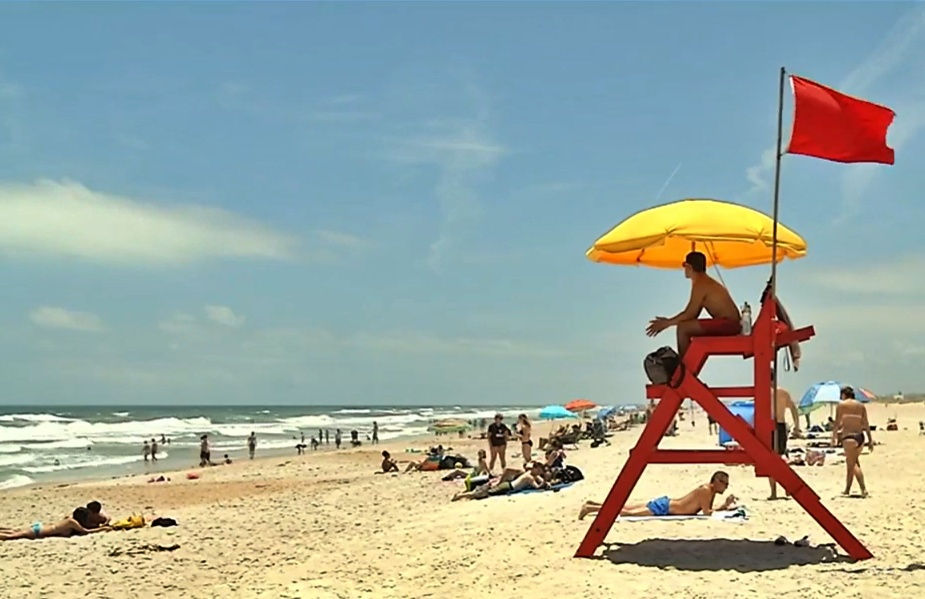Rayonier wants to add Bioethanol plant that would produce 7.5 million gallons yearly in Fernandina
- Mike Lednovich
- Nov 16, 2023
- 2 min read

Rayonier Advanced Materials (RYAM) of Fernandina Beach has submitted an application to the state for a Bioethanol production plant that would be located at its current cellulose production complex.
According to the "air construction permit application" submitted to the Florida Department of Environmental Protection on Nov. 13, RYAM is seeking to operate the plant on its current site along with two shift process tanks, one off-spec tank and one product storage tank that would have internal floating roofs. The application states the plant would produce 7.5 million gallons of bioethanol for sale each year. The product storage tank can hold 39,900 gallons.
The project description states that "product ethanol will be loaded to trucks," which means an increase of truck traffic to and from the RYAM compound.
The primary use of bioethanol is as motor fuel or additive in gasoline: Bioethanol can be mixed with gasoline to any percentage, and most gasoline engines can operate with blends of up to 10% ethanol.
RYAM said the four production plant tanks and the loadout to transport trucks will emit exempt emissions that are listed within the application.
The company states "the Bioethanol Plant is being designed to be as independent as possible from the existing Plant
operations. Neither the Bioethanol Plant nor the associated heat recovery projects will impact pulp production or other emissions units other than the Sulfite Recovery Boiler."
According to the RYAM website, the current plant was built in 1937. The site states "The Fernandina Beach plant is a cornerstone of our business. Producing 155,000 metric tons of softwood cellulose specialties annually, it employs more than 300 people and contributes $35 million in wages and salaries, supporting our employees’ families and local economies. Our operations are powered, in part, by Eight Flags LLC, a combined heat and power plant on-site fueled by natural gas, which emits 50% less Green House Gases than coal and generates 20 MW of power for Amelia Island residents and businesses. Furthermore, RYAM’s partnership with Borregaard supports LignoTech’s on-site lignin plant, producing sustainable, high-performing lignin products using renewable raw materials."
According to the Occupational Safety and Health Administration, renewable ethanol is produced by using advanced technologies from cellulosic materials such as waste paper, wood chips, and agricultural wastes. The production process can involve other hazardous materials, such as acids, bases, and gasoline (to denature the alcohol, or for blending).
The agency states potential hazards in biofuels production and handling include:
Fire and Explosion Hazards of Biofuels
Chemical Reactivity Hazards in Biofuel Manufacturing
Toxicity Hazards in Biofuel Manufacturing
These hazards are in addition to normal workplace hazards, such as walking/working surface hazards, electrical hazards and other similar hazards. There have been biofuel- related accidents involving fatalities and injuries from burns, explosions, and chemical exposures.
The application is available to download below:





I have mixed opinions about an ethanol plant on the island. Pros include product diversification, repurposing of byproducts/waste and increased tax revenue for the county. Cons include increased traffic, potential spills, fires and explosion hazards. I would hope that a thorough environmental impact study would be done in addition to engineered controls such as secondary containment and fire suppression systems.
A bio-ethanol plant on a flood plain on a fragile barrier island bordering Florida's intercoastal waterway. Another Rayonier manufacturing plant creating noxious odors, adding tanker truck traffic to their ever-present log truck traffic, and double down on a probability of industrial chemical spills in a flood zone where it can leech into the ocean.
Aren't they making enough money from their "cornerstone plant" without adding a second plant for the production of 7.5 million gallons of bioethanol yearly on this tiny scrap of island property?